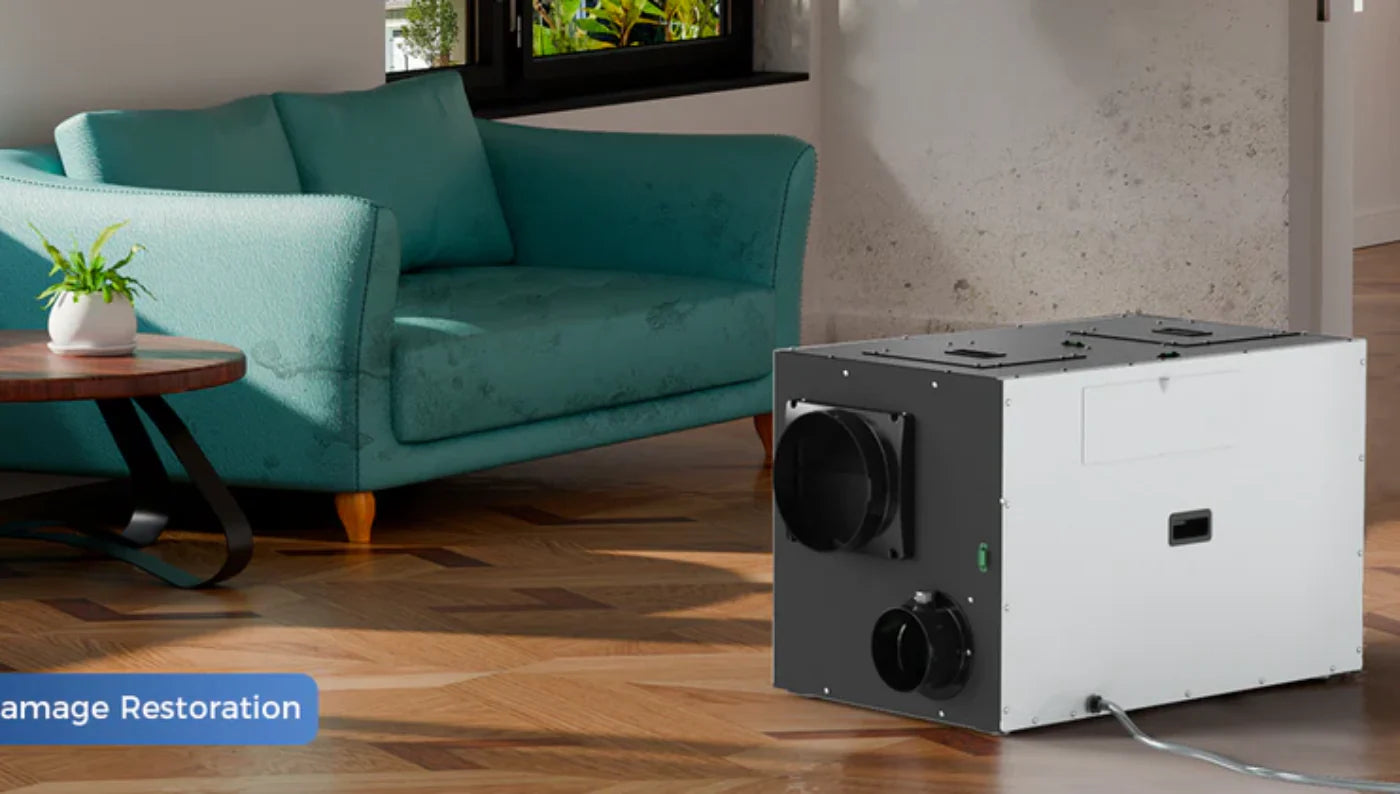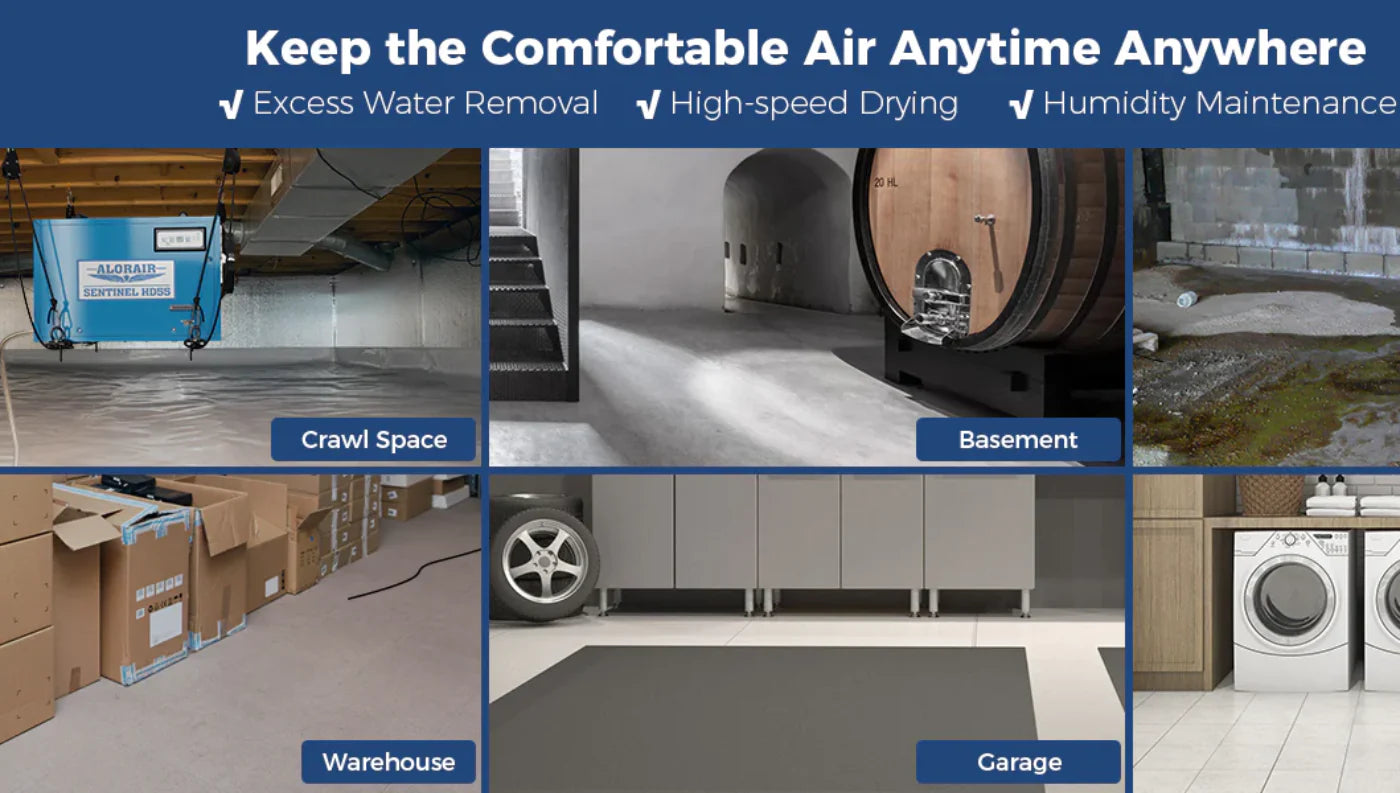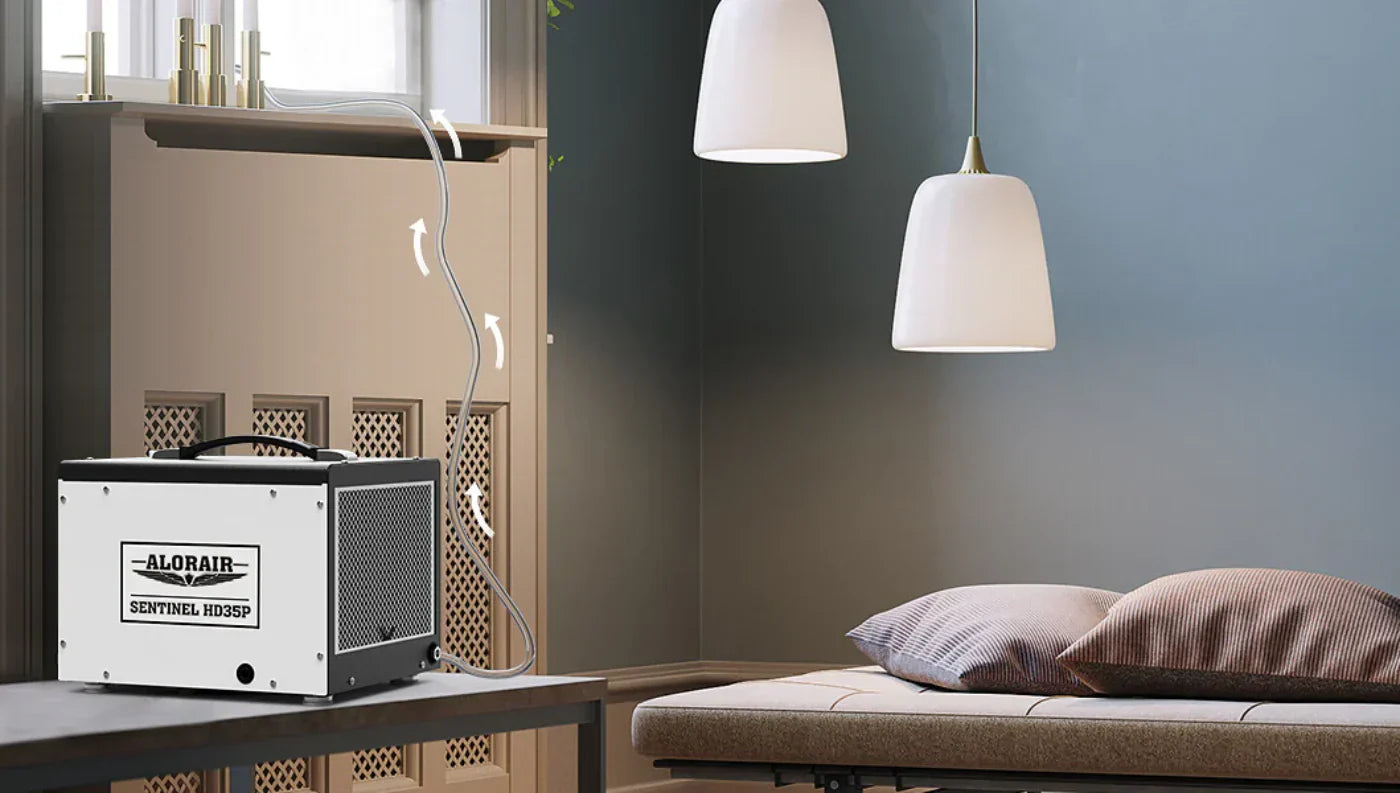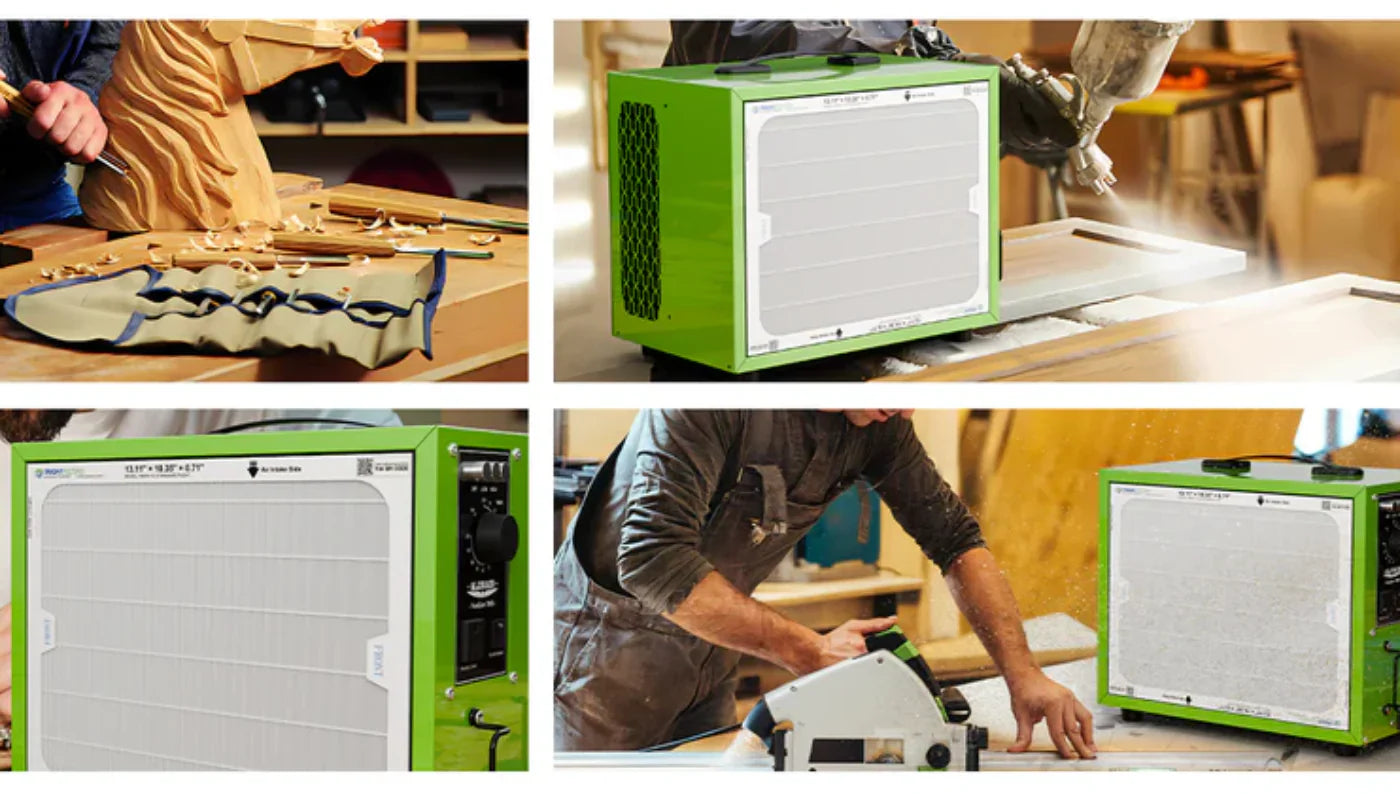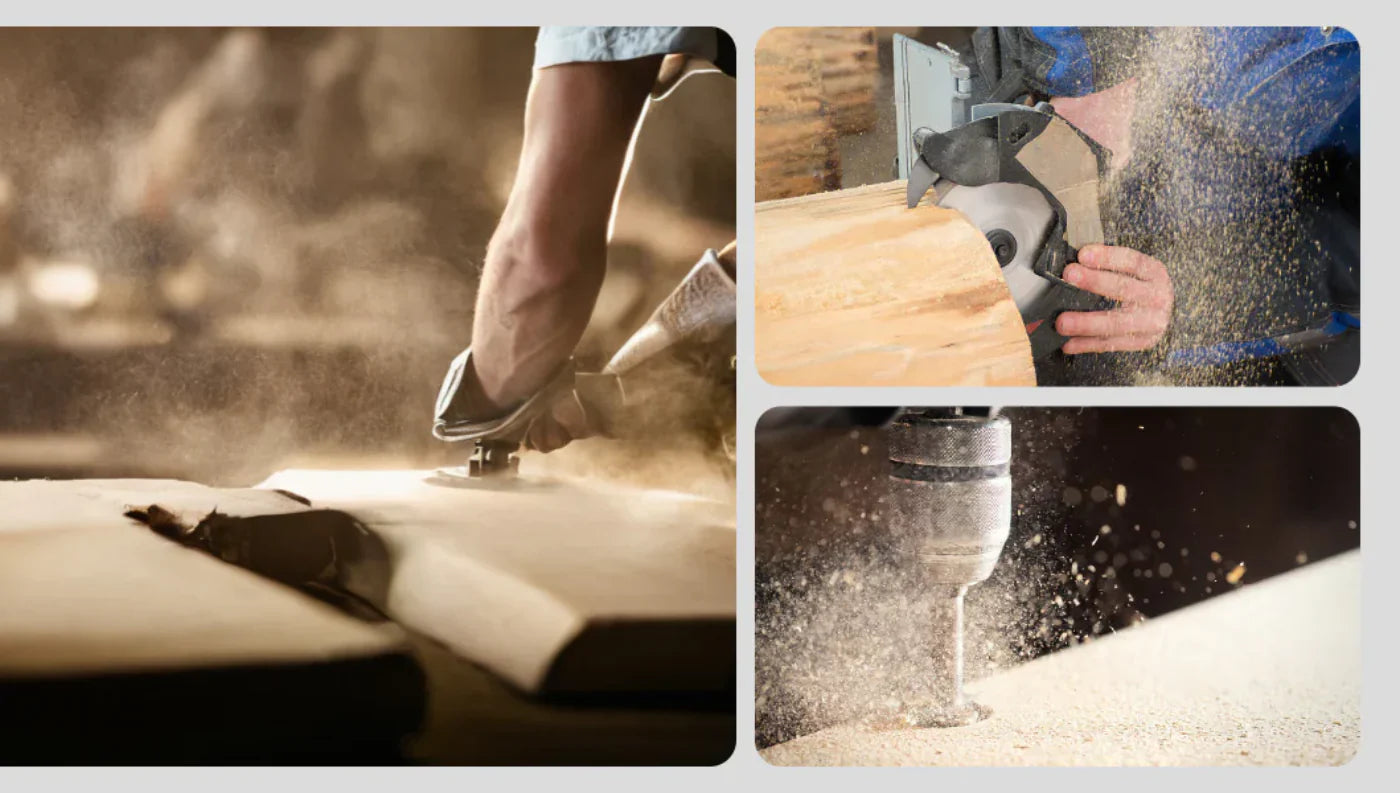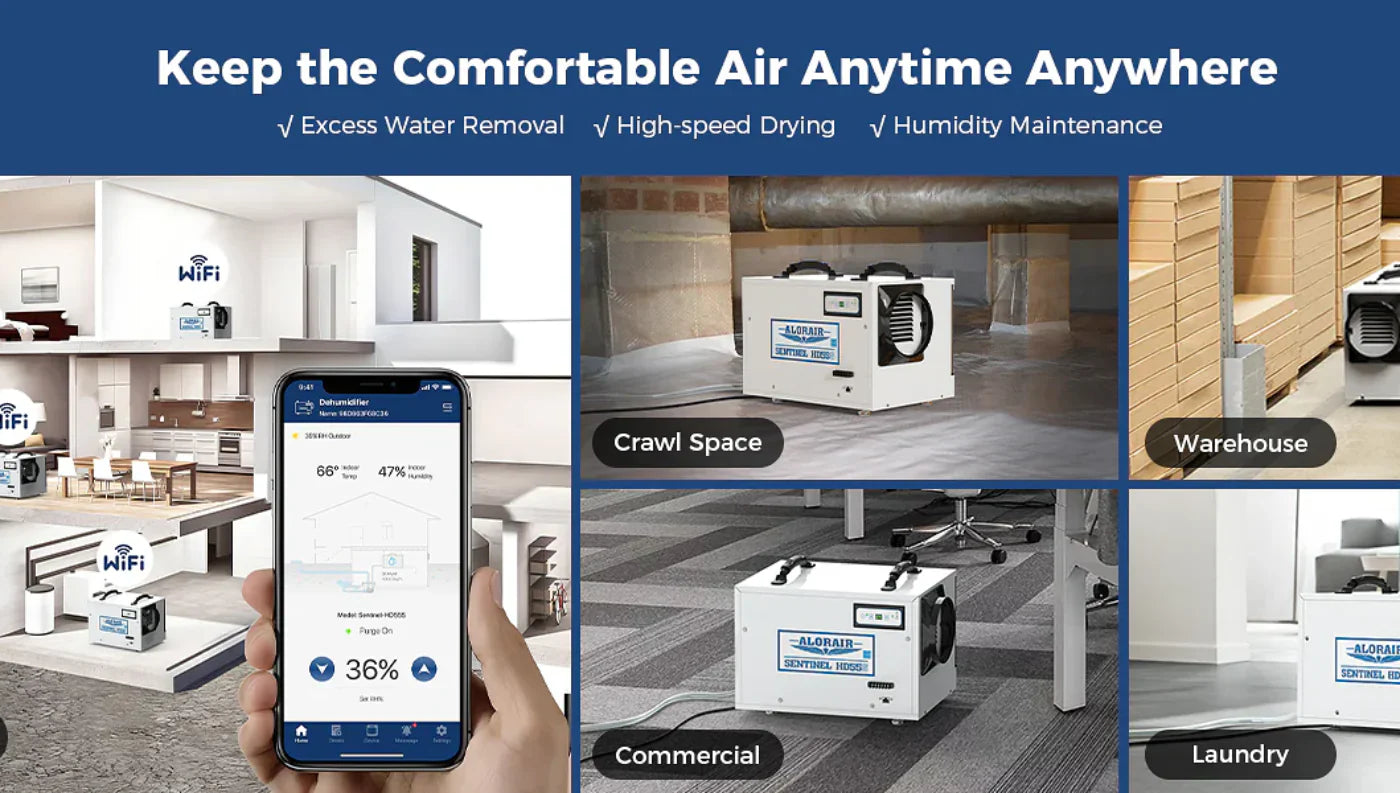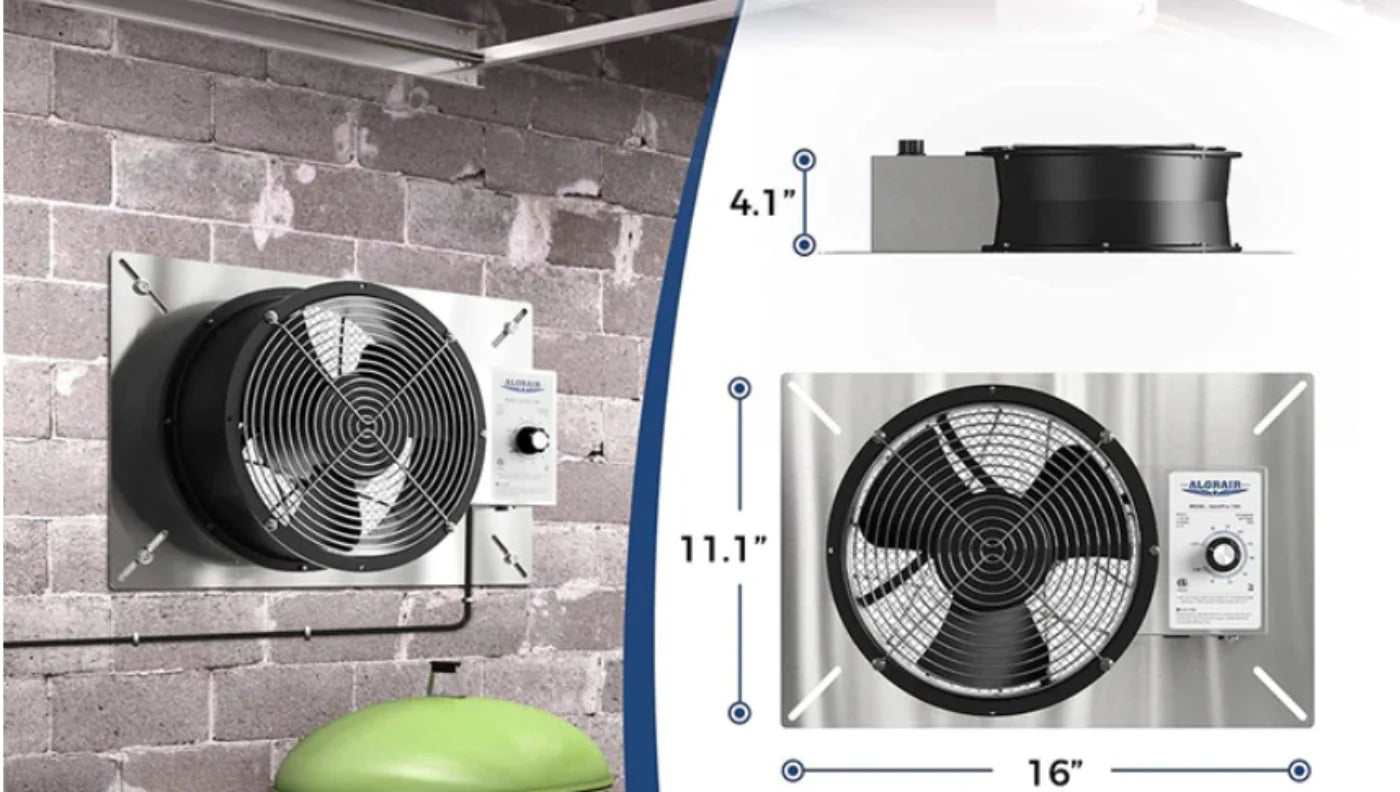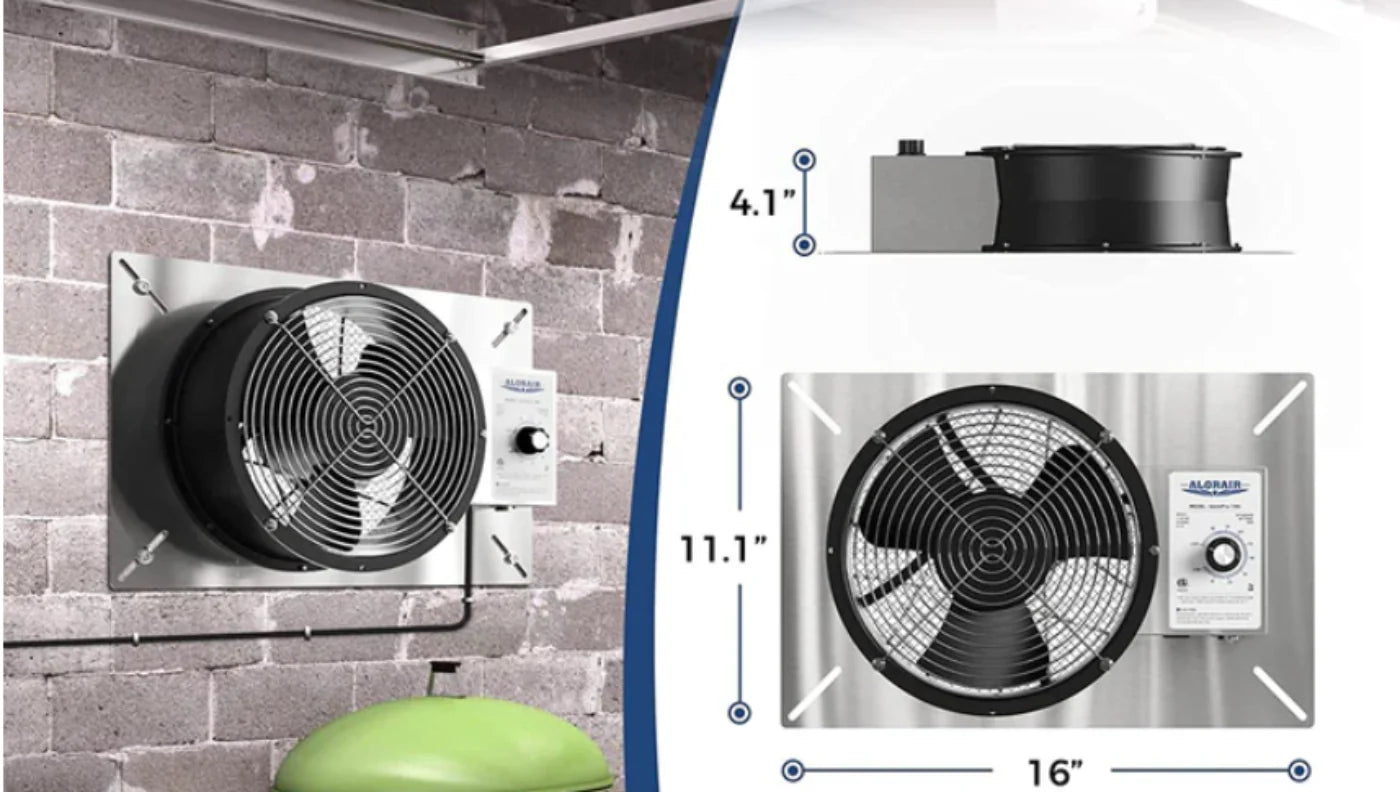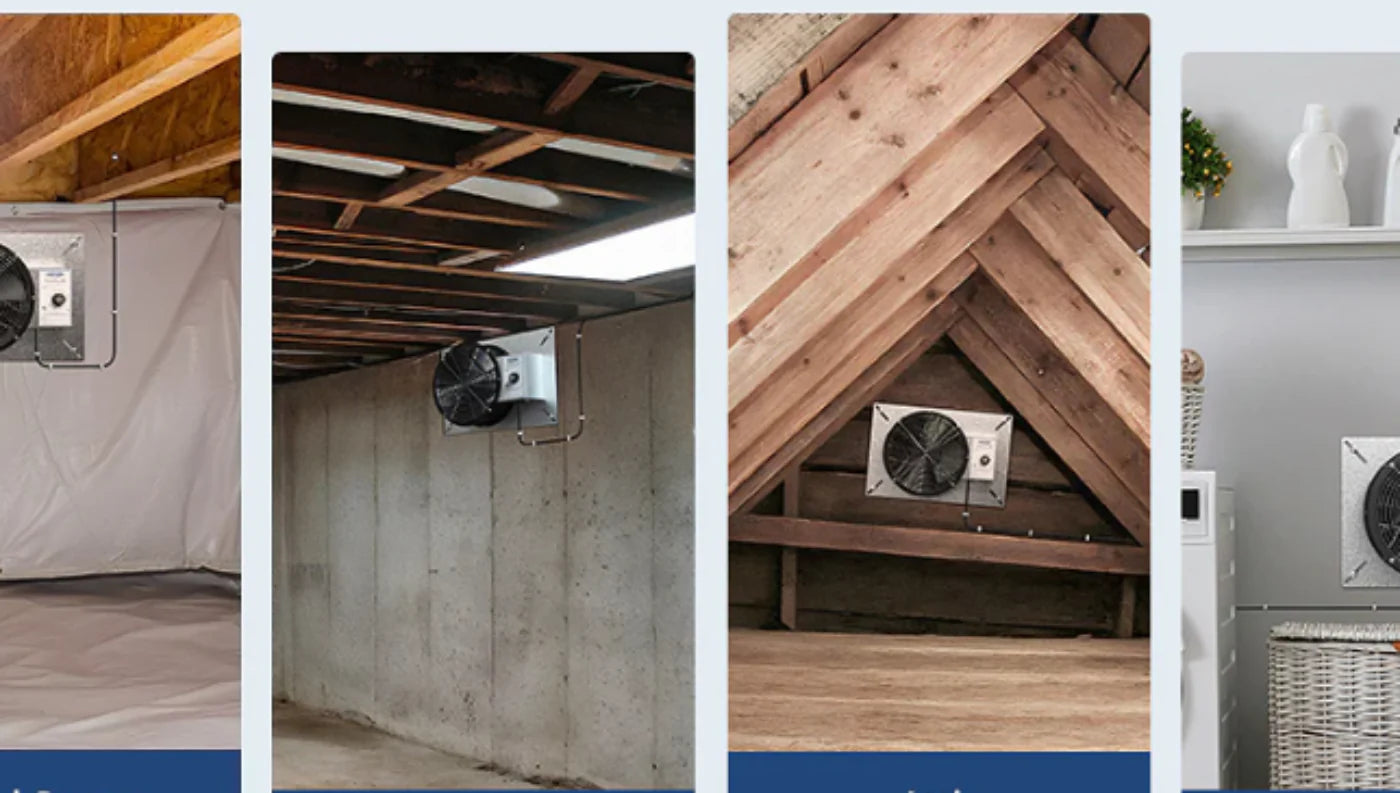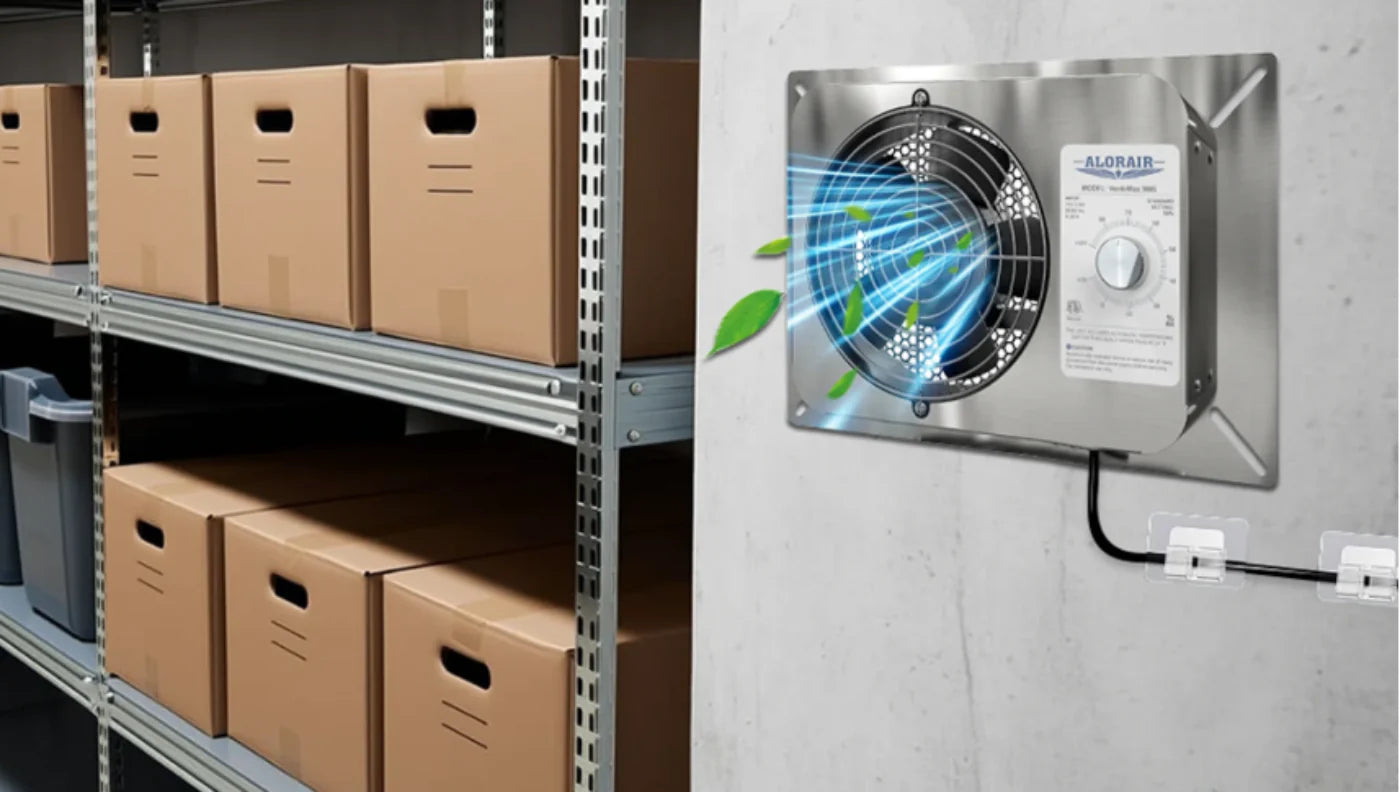Do you really need crawl space ventilation if you live in a humid climate? While you may feel that it is okay to skip, it can cause serious problems, from unpleasant odors to mold to damage to your home itself. High moisture is not only under your home, but it can spread and affect your air quality and create costs to you if damage to your home occurs.
If you see signs of dampness or are preventing problems in the future, then keep reading. I will describe what happens after ventilation is removed, and what you can replace it with to keep your home and health safe in a humid climate.
Let's get started.
Why Has Crawl Space Ventilation Been Recommended?
It is not so long ago that most homes were built with open crawl space vents. The logic was simple: allow outside air to circulate through and help dry out the area below your home. This method of crawl space ventilation became commonplace as building codes required it in many areas.
The building practices of allowing outside fresh air to flow in were supposed to decrease moisture problems, hinder wood rot, and avoid mold formation. Home builders also often looked at ventilation as a means to improve indoor air quality too, as well as displaced gases like radon.
At that time, it made sense in many ways, and mostly in an arid climate. Now that we have come to learn more about air, moisture, and temperature, experts have begun questioning if the standard ventilation system is a solution at all.
In humid regions, it can actually cause more HARM than good.
What Happens If You Skip Ventilation in a Humid Climate
As said above, if the humidity in your climate is high, ventilation can do more harm than good. This occurs because hot, moist outside air spills into a cooler crawl space and condenses onto wood, insulation, and pipes. Rather than helping, this added moisture is the springboard for potential life-long damage.
However, what if you simply shut off the ventilation altogether? In humid regions, the best option is to keep moisture out of the crawl space and control it from within. When done properly, this type of moisture control helps to protect your home from moisture's hidden problems.

Here are a few things that may occur when you do not use traditional crawl space ventilation and do nothing else to control humidity:
1. Moisture gets trapped
Without airflow or a proper sealing system, humidity may build up in the crawl space. Over time, surfaces remain damp, and equipment breakdown is imminent.
2. Condensation occurs with ease
When humid air encounters cooler surfaces ( duct work, wooden floor joists, etc.), condensation occurs in the form of tiny water droplets that soak into wood and insulation.
3. Relative humidity persists
In many humid areas, the air already contains a great deal of moisture. Without proper moisture control, the crawl space continues above 60% RH, the danger zone for mold and mildew.
4. Damp conditions travel upstairs
Crawl space humidity may start underneath your home, but it can cause living space damage easily and quickly. If you notice damp walls, musty odors, mold on walls, etc..
5. Risk of long-term damage
You leave your home exposed to latent moisture that can rot wood, attract pests, and deteriorate the structural integrity of your home.
So, omitting ventilation is not the problem; controlling the moisture is. Especially in humid climates, block the humid air from getting in, and utilize good tools like vapor barriers and dehumidifiers to manage the air once it comes in..
When Ventilation Can Still Make Sense (Rare Humid Exceptions)
In most humid areas, sealing your crawl space is the best choice. But in a few rare cases, ventilation might still help, as long as it's done carefully.
Here are some situations where it could make sense:
1. Dry Weather Days
If your area has times when the air outside is cooler and drier (like in early spring or fall), opening vents for a short time may help dry out the space. But only if the air outside is less humid than inside.
2. Naturally Dry Crawl Spaces
Some homes stay dry on their own because they're built on high ground or have great drainage. If there's no mold, smell, or dampness, light ventilation could work, but it's still risky.
3. Smart Ventilation Systems
Some homes use small fans or smart vents that only run when outdoor humidity is low. These systems can help in special cases, but they need sensors and regular checks.
Even in these rare situations, you should watch your crawl space closely. In most humid regions, sealing and using a dehumidifier is still the safest and most effective choice.
Best Practices Instead of Skipping Ventilation Entirely
If you live in a humid area, the goal isn't just to block air—it's to control moisture the right way. Skipping crawl space ventilation doesn't mean ignoring the space altogether. Instead, you'll need a better plan to keep it clean, dry, and healthy.

Here are the best practices to follow:
1. Seal the Crawl Space
Close off vents and cracks to stop humid air from getting inside. Use foam or weatherproof covers for any gaps.
2. Install a Vapor Barrier
Lay down a thick plastic sheet across the crawl space floor. This keeps moisture in the ground from rising into the air.
3. Use a Dehumidifier
A crawl space dehumidifier helps keep humidity between 30–50%. Some models are WiFi-enabled, so you can track levels from your phone.
4. Add Insulation
Insulate walls or subfloor to control temperature and reduce condensation. Just make sure it's moisture-resistant and installed correctly.
5. Check and Maintain Regularly
Look for signs of water, mold, or pests every few months. Use a hygrometer to check humidity and make sure everything is working as it should.
By following these steps, you can protect your crawl space and your home without relying on traditional ventilation that can make things worse in a humid climate.
Conclusion
In humid areas, crawl space ventilation can cause more problems than it solves. Letting in wet air can lead to mold, wood rot, and bad smells in your home.
Instead of using vents, it's better to seal the crawl space and use a dehumidifier. This helps keep the space dry and safe. By following a few easy steps, you can protect your home from moisture and avoid costly damage.




